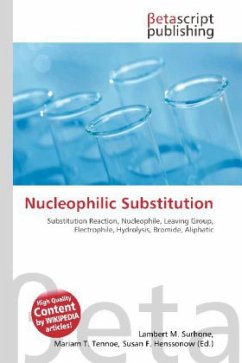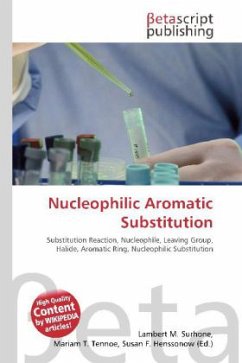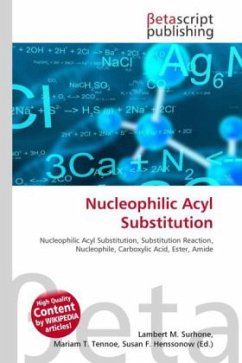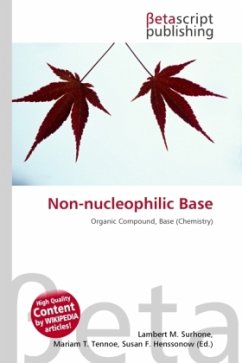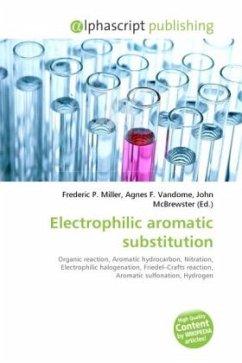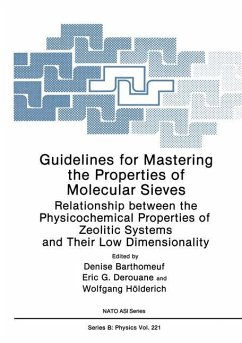Please note that the content of this book primarily consists of articles available from Wikipedia or other free sources online. In organic and inorganic chemistry, nucleophilic substitution is a fundamental class of substitution reaction in which an "electron rich" nucleophile selectively bonds with or attacks the positive or partially positive charge of an atom attached to a group or atom called the leaving group; the positive or partially positive atom is referred to as an electrophile. Nucleophilic substitution reactions are commonplace in organic chemistry, and they can be broadly categorised as taking place at a saturated aliphatic carbon or at (less often) a saturated aromatic or other unsaturated carbon centre. When the substitution occurs at the carbonyl group, the acyl group may undergo nucleophilic acyl substitution. This is the normal mode of substitution with carboxylic acid derivatives such as acyl chlorides, esters and amides.
Bitte wählen Sie Ihr Anliegen aus.
Rechnungen
Retourenschein anfordern
Bestellstatus
Storno

